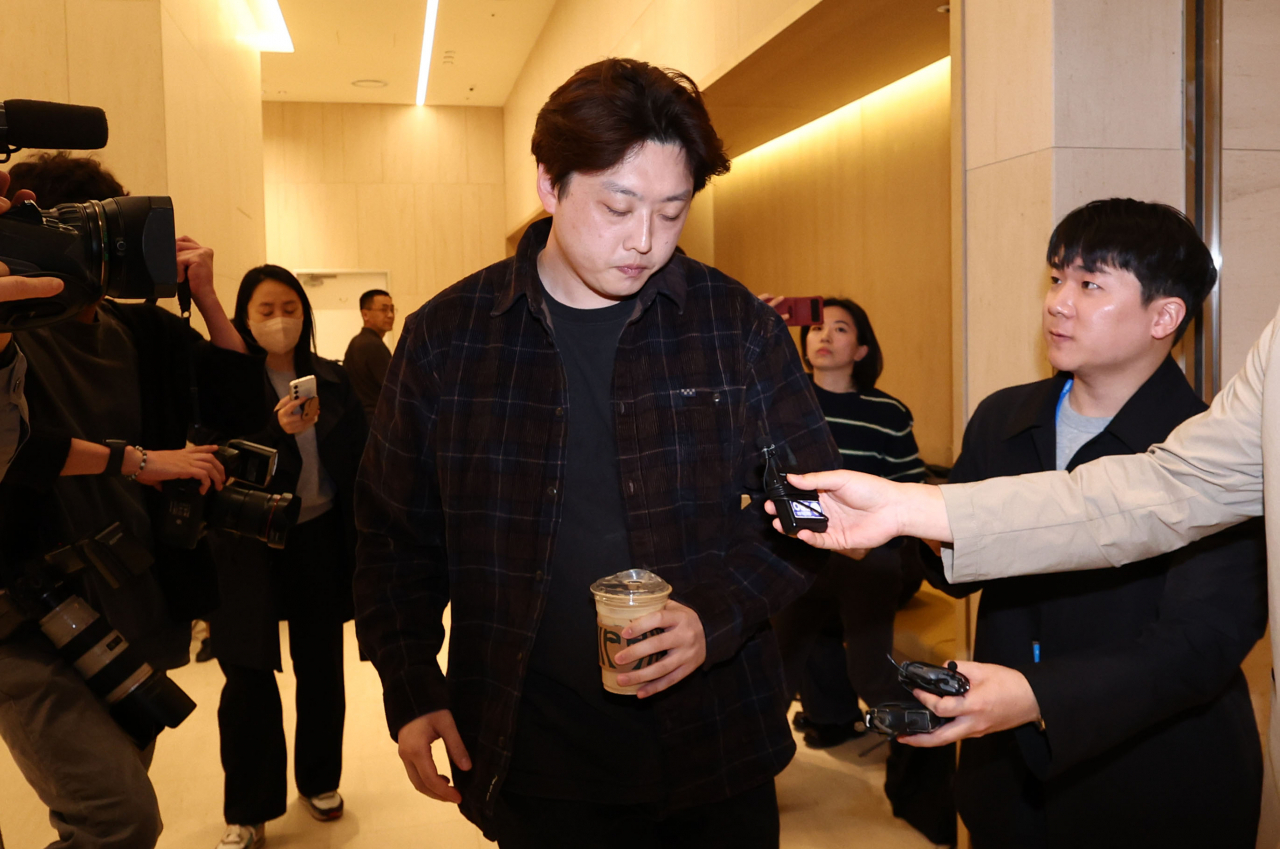
An obstacle lies between the medical circle moving towards talks with the government with a unified proposal, after the head of the junior doctors’ group shed light on the hierarchical dynamics between medical professors and trainee doctors in hospitals.
The disclosure shed light on the friction among doctors, the Korean Medical Association’s emergency committee and the KMA's newly-elected president, as they each hold different opinions on how to respond to the government’s plan to increase the medical student quota.
Amid the continued discord, Park Dan, who heads the Korean Intern Resident Association’s emergency committee, commented that medical professors “exploit” trainee doctors.
“Medical professors at training hospitals said that they would not sit back if trainee doctors who had left their workplaces faced any disadvantages, but (whether they admit it or not), they have played a role as middle managers in the exploitation chain,” Park wrote on Facebook late Friday, posting a link to an article published by The Hankyoreh newspaper titled, “How Korea Turned Its Trainee Doctors Into Monsters.”
Park also quoted part of the article that discusses how Korea’s health care system relies heavily on junior doctors, indicating that they shoulder a diverse range of tasks on a daily basis under senior doctors for unusually low wages and working for long hours.
Observers believe Park had intended to point out how heavily hospitals depend on junior doctors, which reduces hospital productivity, as them walking off the job has led to the health care system reaching nearly the brink of collapse.
Dubbed the “backbone of hospitals and clinical care,” trainee doctors account for nearly 30 to 40 percent of medical personnel in the top five hospitals here. They mainly assist doctors in surgeries and medical examinations and see patients. The figure is nearly three times higher than that of the University of Tokyo Hospital in Japan and the Mayo Clinic in the US, where junior doctors represent only approximately 10 percent of the total number of doctors.
In addition, trainee doctors worked 77.7 hours per week on average, according to a 2022 study conducted of trainee doctors by KIRA. Of the respondents, 25 percent said they worked 100 hours or more weekly.
Park’s post quickly garnered attention and prompted criticism from more senior physicians and medical professors, who have been supporting trainee doctors in voicing their opposition against the government through actions such as collectively submitting their own resignations.
Following the post, Roh Hwan-kyu, the former president of the KMA, posted on Facebook that Park’s opinion was an “inappropriate comment.” Roh added that Park’s claim made medical professors and more senior doctors “feel very angry and uncomfortable.”
Kang Hong-jae, a medical professor at Wonkwang University who heads the school’s emergency committee, also expressed his disappointment with Park’s comment.
“President Yoon Suk Yeol is not the only one who fires machine guns at his supporters. There’s no reason for medical professors to support trainee doctors (if they believe) it’s a superior-subordinate relationship, rather than a student-teacher relationship,” Kang wrote on Facebook, further putting the medical community at odds.
Medical professors, who often hold concurrent positions as physicians in hospitals, also claimed that they are overstretched in trying to manage patient care, research, preparations for lectures and teaching junior doctors to deliver and build effective medical skills.


![[KH Explains] No more 'Michael' at Kakao Games](http://res.heraldm.com/phpwas/restmb_idxmake.php?idx=645&simg=/content/image/2024/04/28/20240428050183_0.jpg&u=20240428180321)


